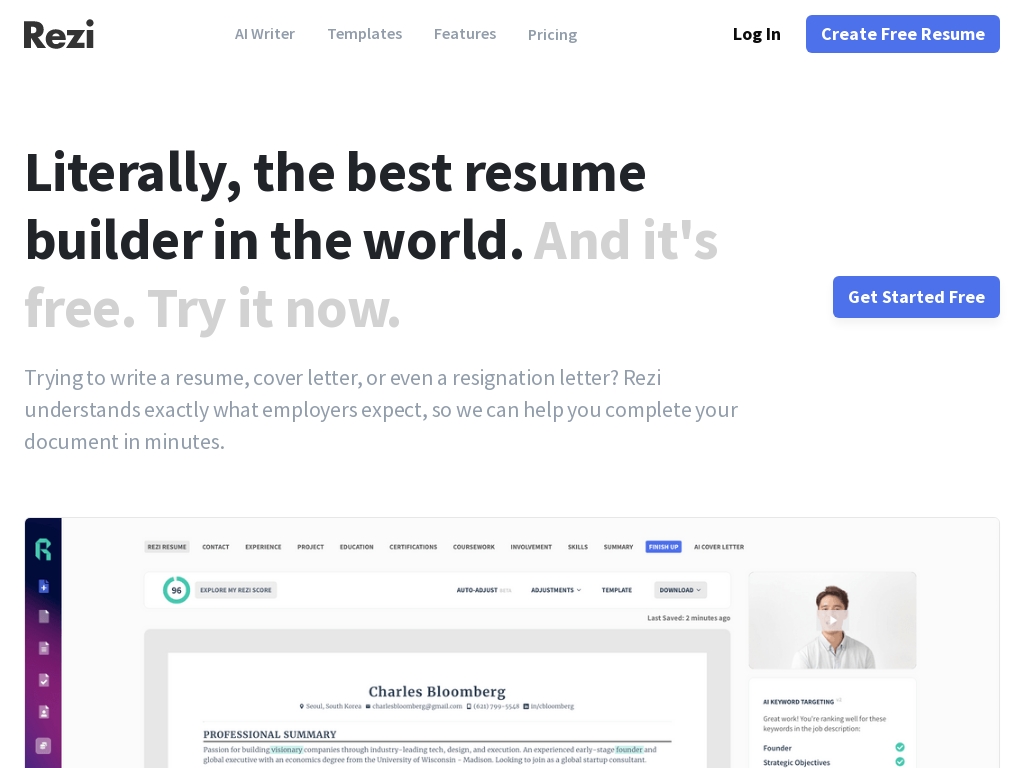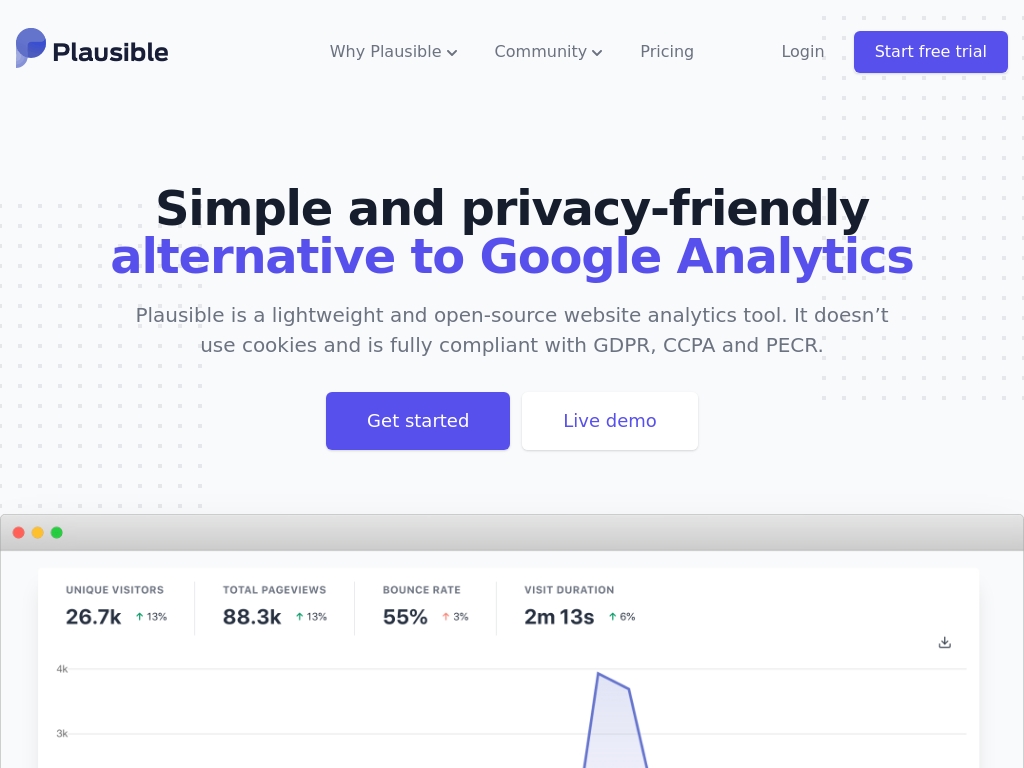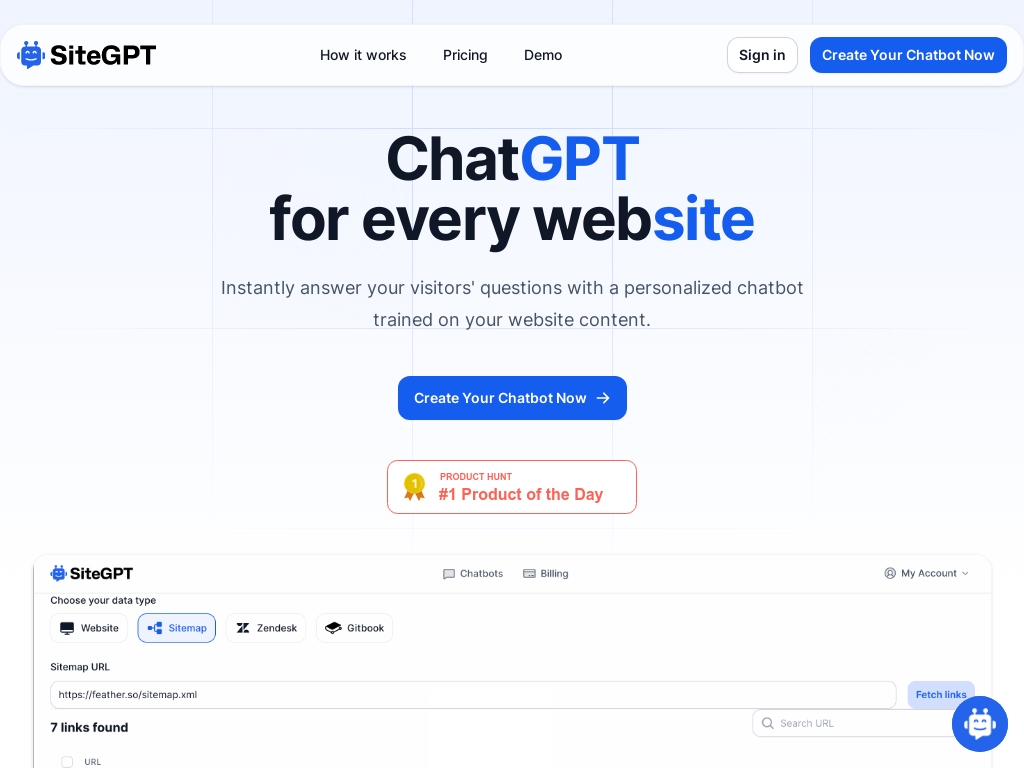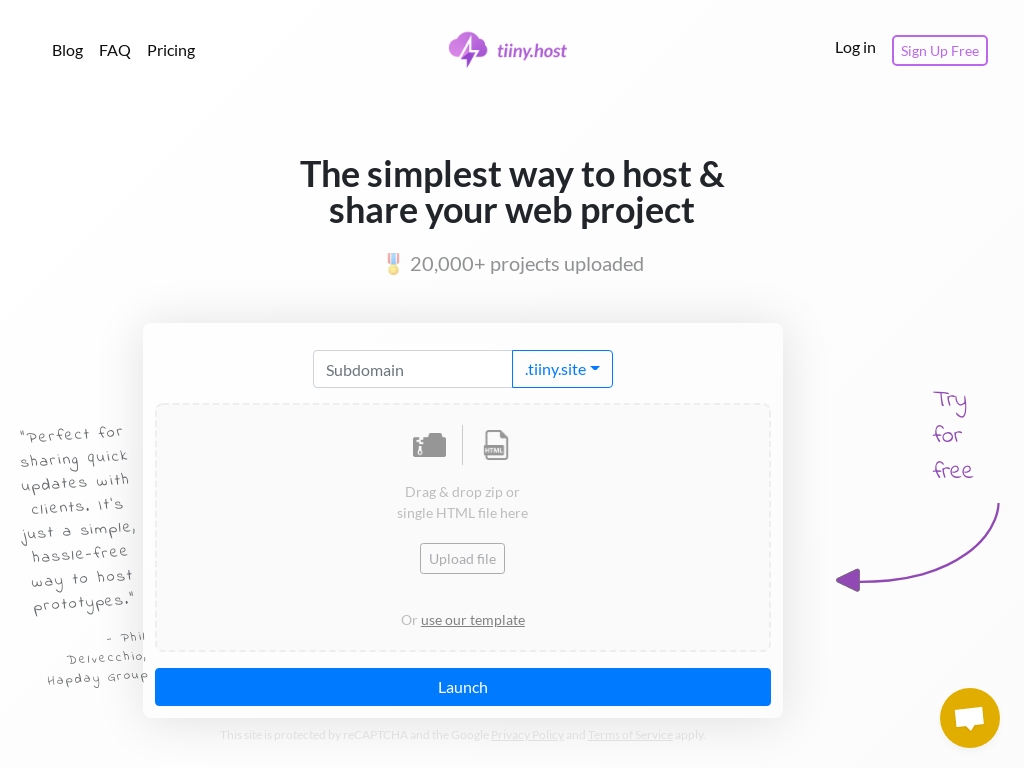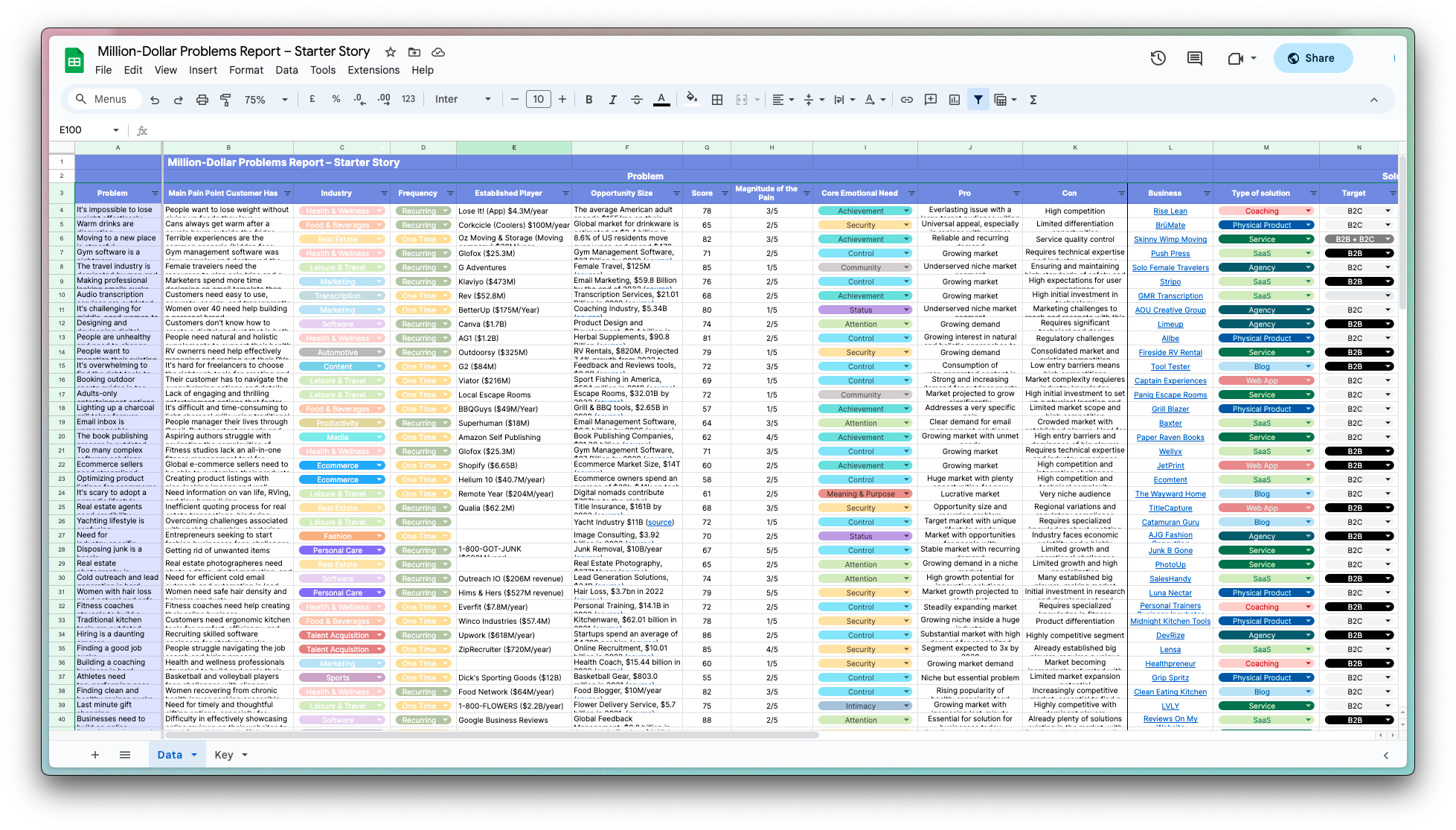
How Boostlingo Grew 50% Annually With Innovative Interpreting Solutions
Who is Bryan Forrester?
Bryan Forrester, the co-founder and CEO of Boostlingo, is a seasoned entrepreneur hailing from California who brought his expertise in tech startups to the interpreting industry after selling his previous company in the IT services space. Based in Austin, Forrester has led Boostlingo from its inception in 2016, making strategic acquisitions like VoiceBoxer and Interpreter Intelligence to expand the company's capabilities and reach in the interpreting technology sector.
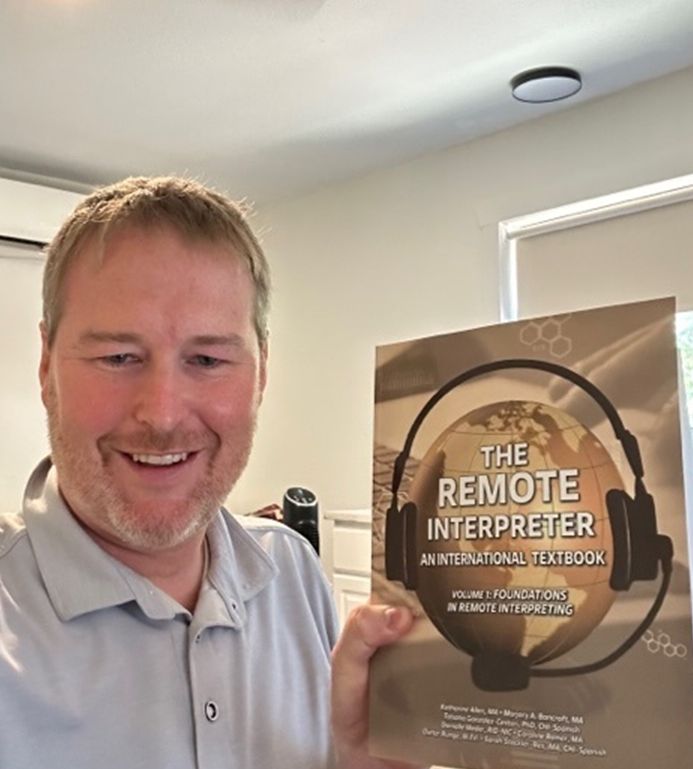
Bryan Forrester, the co-founder and CEO of Boostlingo
What problem does Boostlingo solve?
Boostlingo eases the frustration for businesses needing immediate language interpretation by providing an intuitive platform that effortlessly connects them to over 17,000 vetted interpreters, ensuring clear communication in over 300 languages without delay.
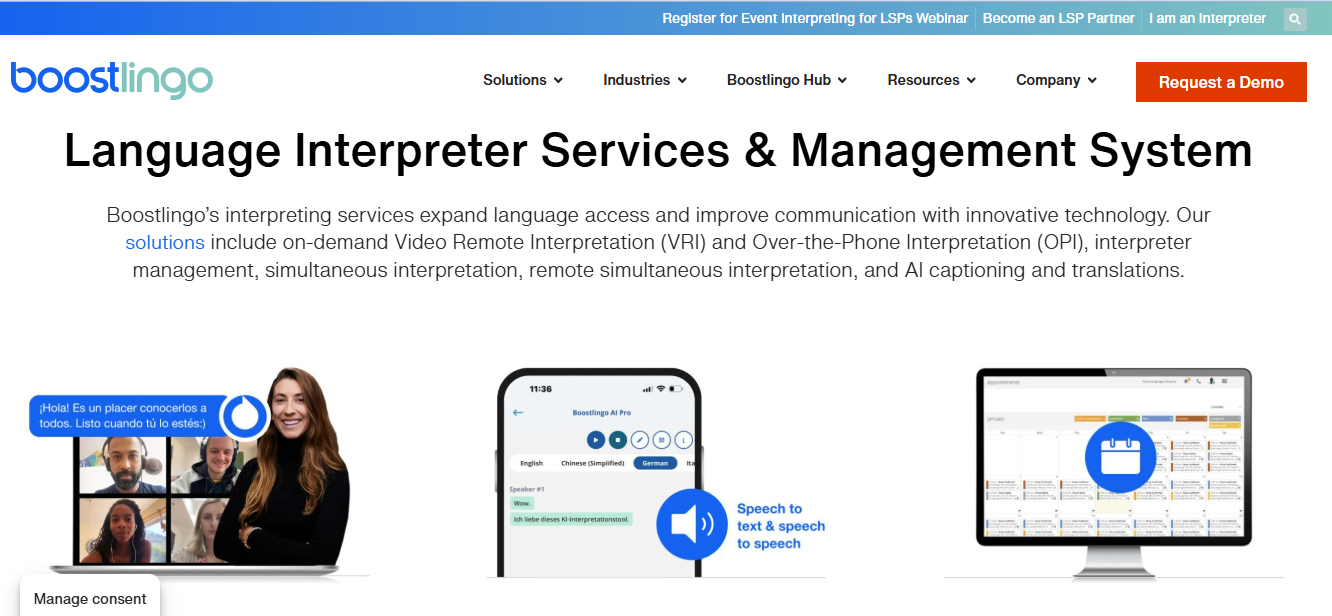
Boostlingo
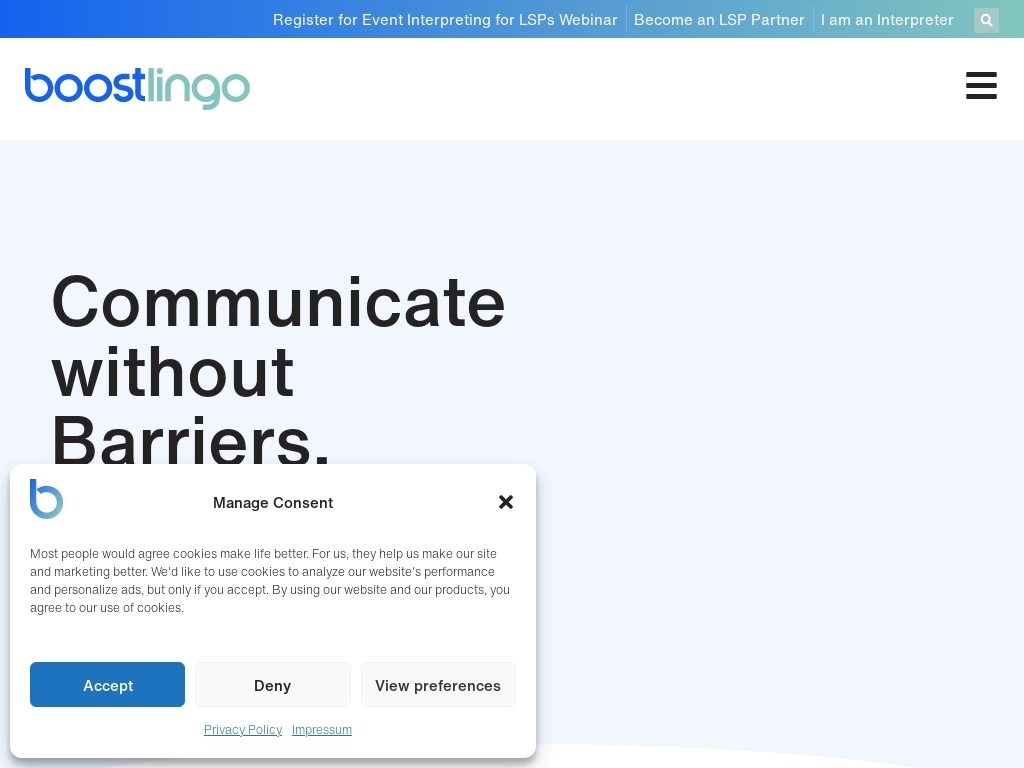
How did Bryan come up with the idea for Boostlingo?
When the Boostlingo founder first thought of starting a business, they noticed a significant gap in how language interpreting services were coordinated, especially with the rise of remote work and international communication. Inspired by a friend's experience in the language service industry, they realized the traditional methods were outdated and inefficient.
Before diving in, extensive research was conducted to understand the competitive landscape and potential customer needs. Initial feedback and surveys from language service providers confirmed the demand for a more integrated and technology-driven solution. However, during the early phases, the team faced several challenges, including refining the platform to better serve a variety of end-users and integrating innovative features that the industry was lacking.
The founders learned the importance of flexibility—adapting their offering based on user feedback was crucial. While it was tough to stay patient and motivated when things didn't go as planned, they trusted their vision of enhancing global communication and creating technology that empowers people to break language barriers.
How did Bryan Forrester build the initial version of Boostlingo?
Boostlingo began its product development in 2016, with its first version focusing on providing a technology platform to support language service providers in managing and delivering interpretation services. The initial tech stack centered around a cloud-based solution that allowed for scalability and reliability, employing standard web technologies and cloud infrastructure to ensure ease of use and accessibility. Their initial prototype revolved around creating a robust scheduling and interpreting management system capable of handling multiple interpreting scenarios, including on-demand and pre-scheduled sessions, which took about a year to refine and bring to market.
The company prioritized building a user-friendly interface that could integrate seamlessly with existing systems like Zoom and Webex, which were crucial tools for enabling video and remote simultaneous interpretation. Over time, Boostlingo faced the challenge of efficiently balancing the high demand for interpreters across multiple languages while ensuring quick response times and high-quality service delivery. Boostlingo's product development was iterative, responding to user feedback and expanding capabilities to include integrations and features like server-to-server connectivity to meet diverse organizational needs and global expansion ambitions.
What were the initial startup costs for Boostlingo?
- Angel Funding: Boostlingo raised a seed round of $2.2 million in angel funding, with contributions from the founders and other early investors.
- Growth Equity Investment: In 2021, Boostlingo received an investment from Mainsail Partners, which included $8 million in primary capital for growth initiatives and secondary cash for earlier investors.
- Acquisitions: In 2022, Boostlingo acquired VoiceBoxer and Interpreter Intelligence to expand their technology and service offerings.
What was the growth strategy for Boostlingo and how did they scale?
Acquisitions and Partnerships
Boostlingo's growth was notably impacted by strategic acquisitions and partnerships. The company acquired VoiceBoxer, a platform for multilingual event interpretation, and Interpreter Intelligence, a management and scheduling platform. These acquisitions allowed Boostlingo to expand its technology capabilities and market reach.
Why it worked: By integrating VoiceBoxer’s video conferencing tools and Interpreter Intelligence’s scheduling features, Boostlingo enhanced its service offerings, making it more comprehensive and appealing to language service providers looking for a one-stop solution. This strategic approach also tapped into new customer bases and market segments.
Investment in Technology
Boostlingo has consistently invested in technology to improve its service delivery. The company offers on-demand video and phone interpretation in over 300 languages, integrating with platforms like Zoom and Webex to facilitate seamless multilingual communication.
Why it worked: The emphasis on robust technology ensured high service quality, reliability, and accessibility, which are crucial in the interpreting market. This technological backbone supports customer retention and attracts more clients who need reliable, scalable solutions.
Expansion into New Markets
Boostlingo capitalized on a rising demand for interpreting services in diverse global markets, expanding into various industries such as healthcare and manufacturing compliance training. This expansion was fueled by a mission to enhance language access and improve global communication.
Why it worked: By entering global industries and focusing on underserved markets, Boostlingo positioned itself as a key player in the interpreting space. This strategic expansion allowed Boostlingo to diversify its revenue streams and bolster its presence across different sectors, increasing its competitive edge.
Leveraging a High Retention Strategy
Boostlingo maintained a high retention rate by focusing on customer satisfaction. They created a product that customers loved, leading to low churn rates and high NPS scores, which contributed to steady organic growth.
Why it worked: Happy customers are more likely to remain loyal and refer new business, driving sustained growth. Boostlingo’s focus on customer satisfaction ensured long-term client relationships, which is vital for profitability and ongoing success in the SaaS market.
What's the pricing strategy for Boostlingo?
Boostlingo offers flexible pricing for interpreting services, with plans starting at around $199 per month, covering video and phone interpretation in over 300 languages, while also providing a free trial for new users to experience the platform's capabilities.
What were the biggest lessons learned from building Boostlingo?
- Adapt and Pivot: Boostlingo's strategic acquisitions, such as VoiceBoxer and Interpreter Intelligence, allowed them to adapt to new market demands and expand their service offerings, demonstrating the importance of flexibility in business growth.
- Emphasize Culture and Satisfaction: By focusing on positive team dynamics and customer relations, as evidenced by high customer satisfaction ratings, Boostlingo highlights how a strong company culture can drive success and customer loyalty.
- Leverage Technology for Access: The company utilizes its innovative tech stack to expand language access, integrating with platforms like Zoom and Webex, illustrating the impact of leveraging technology to meet diverse customer needs.
- Resilience and Growth: Despite starting small, Boostlingo managed sustained growth by continuously exploring new opportunities and maintaining a clear mission, showing the power of resilience and a focused vision.
- Strategic Partnerships Enable Scaling: Partnering with growth equity firm Mainsail Partners facilitated the hiring of key talents and allowed strategic expansions, underscoring the value of choosing the right financial partners for scaling.
Discover Similar Business Ideas Like Boostlingo
|
|
Idea
|
Revenue
|
|---|---|---|
|
Rezi
|
AI-powered resume builder for job seekers.
|
$215K
monthly
|
|
PDFShift
|
HTML-to-PDF conversion API service.
|
$8.5K
monthly
|
|
Plausible Analy...
|
Privacy-focused, open-source web analytics tool.
|
$100K
monthly
|
|
SiteGPT
|
AI chatbot trained on your website content.
|
$15K
monthly
|
|
tiiny.host
|
Static website hosting made simple for everyone.
|
$15K
monthly
|
|
Studio Wombat
|
WooCommerce plugin developer for enhanced e-commerce features.
|
$15K
monthly
|
|
ScreenshotOne
|
API for capturing website screenshots easily.
|
$2.2K
monthly
|
More about Boostlingo:
Who is the owner of Boostlingo?
Bryan Forrester is the founder of Boostlingo.
When did Bryan Forrester start Boostlingo?
2016
What is Bryan Forrester's net worth?
Bryan Forrester's business makes an average of $2.17M/month.
How much money has Bryan Forrester made from Boostlingo?
Bryan Forrester started the business in 2016, and currently makes an average of $26M/year.
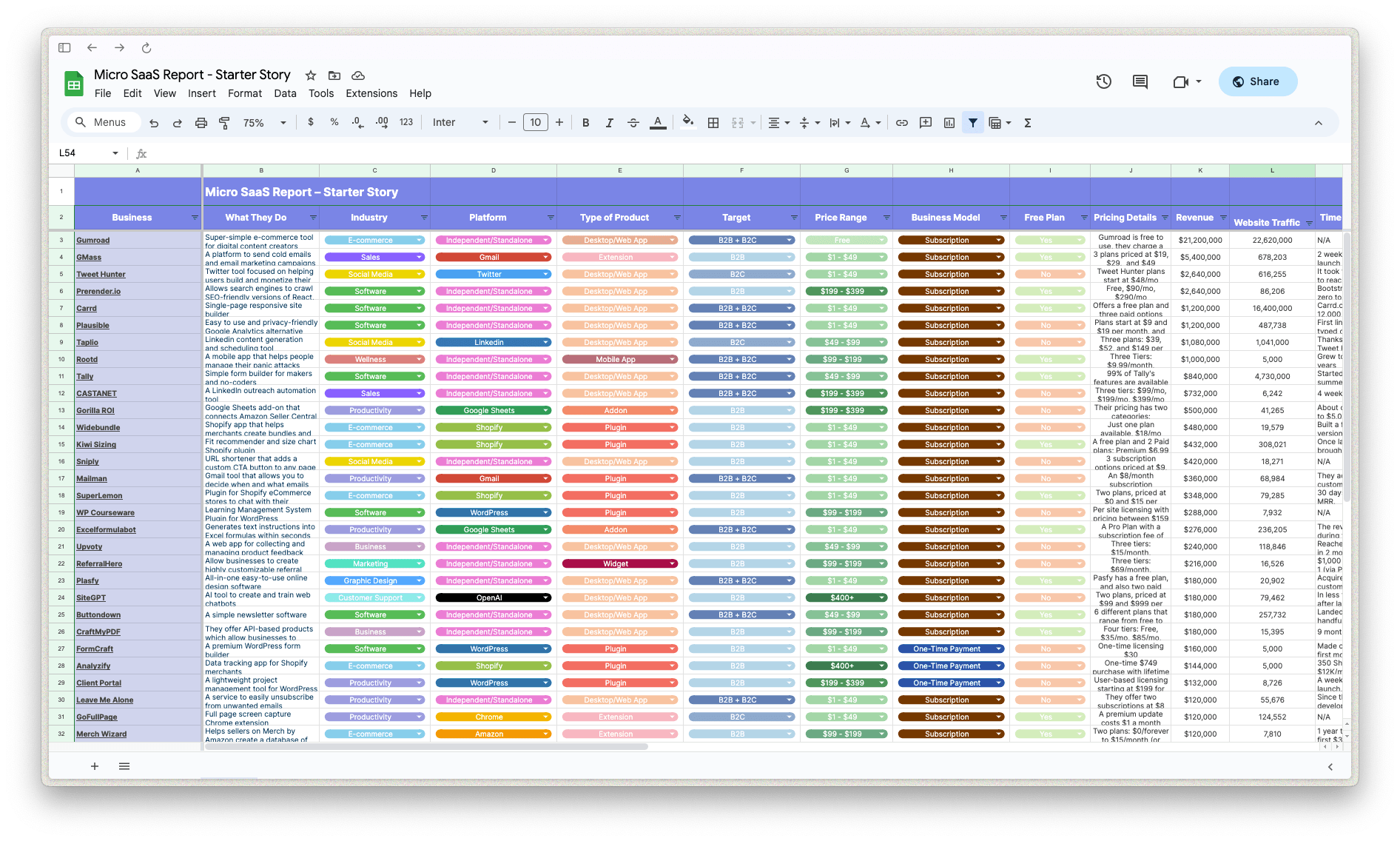
Download the report and join our email newsletter packed with business ideas and money-making opportunities, backed by real-life case studies.

Download the report and join our email newsletter packed with business ideas and money-making opportunities, backed by real-life case studies.

Download the report and join our email newsletter packed with business ideas and money-making opportunities, backed by real-life case studies.

Download the report and join our email newsletter packed with business ideas and money-making opportunities, backed by real-life case studies.

Download the report and join our email newsletter packed with business ideas and money-making opportunities, backed by real-life case studies.

Download the report and join our email newsletter packed with business ideas and money-making opportunities, backed by real-life case studies.

Download the report and join our email newsletter packed with business ideas and money-making opportunities, backed by real-life case studies.

Download the report and join our email newsletter packed with business ideas and money-making opportunities, backed by real-life case studies.
